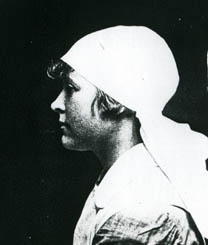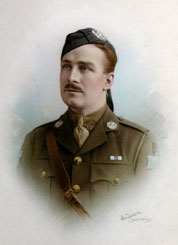Article
Armed Forces Bands in Canada
Large regimental bands first came to Canada in the late 18th century. By 1869, there were some 46 bands in the Canadian militia. The first regular armed forces bands in Canada were formed in 1899. Their main purpose has been to provide music for military or public functions. As of 2023, there were a total of 73 bands in the Canadian Armed Forces: 53 in the Army, 12 in the Air Force, and 8 in the Navy.















